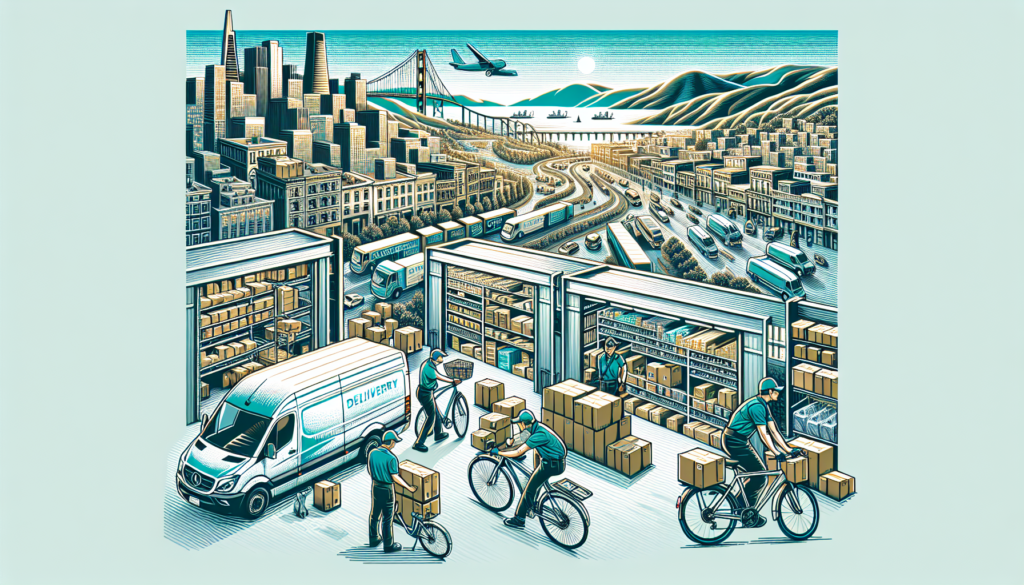As the e-commerce industry continues to thrive, the demand for efficient last-mile delivery services in San Francisco’s warehousing sector is at an all-time high. With the rise of online shopping, customers expect fast and reliable delivery of their purchases. This has put pressure on businesses to streamline their fulfillment processes and find innovative solutions to meet consumer expectations.
In this rapidly evolving landscape, companies must adapt to the complexities of last-mile delivery to stay competitive. From optimizing warehouse operations to implementing advanced technology solutions, there are several key strategies that can help businesses navigate the challenges of the modern logistics environment.
Optimizing Warehouse Operations
One of the most critical aspects of last-mile delivery is the efficient management of warehouse operations. By strategically organizing inventory, businesses can reduce fulfillment times and improve order accuracy. Utilizing automated systems and robotics can also help streamline the picking and packing process, leading to faster order fulfillment.
Furthermore, implementing a robust inventory management system can provide real-time visibility into stock levels and order statuses. This can help businesses make informed decisions and prevent stockouts or overstock situations. By optimizing warehouse operations, businesses can improve their overall efficiency and meet the growing demands of the e-commerce market.
Implementing Advanced Technology Solutions
In today’s fast-paced environment, businesses must leverage technology to enhance their last-mile delivery capabilities. Utilizing route optimization software can help drivers plan the most efficient delivery routes, reducing fuel costs and delivery times. Additionally, implementing tracking and monitoring systems can provide real-time visibility into the location of packages, allowing businesses to proactively address any issues that may arise during transit.
Moreover, investing in customer relationship management (CRM) software can help businesses track customer preferences and purchasing behaviors. This data can be used to personalize the shopping experience and offer targeted promotions to drive customer loyalty. By harnessing the power of technology, businesses can improve their last-mile delivery processes and stay ahead of the competition.
FAQs
Q: How can businesses ensure the security of packages during last-mile delivery?
A: Businesses can implement secure packaging solutions and utilize tracking systems to monitor the location of packages in real-time.
Q: What are the benefits of outsourcing last-mile delivery services?
A: Outsourcing can help businesses reduce costs, scale their operations, and access specialized expertise in the field of logistics and fulfillment.
Q: How can businesses reduce their carbon footprint in last-mile delivery?
A: Businesses can explore environmentally friendly delivery options such as electric vehicles or bike couriers to reduce emissions and promote sustainability.
In conclusion, navigating the complexities of last-mile delivery in San Francisco’s warehousing sector requires a strategic approach and a commitment to innovation. By optimizing warehouse operations, implementing advanced technology solutions, and prioritizing customer satisfaction, businesses can stay ahead in this competitive landscape. With the right tools and strategies in place, companies can streamline their fulfillment processes and deliver exceptional service to their customers.
For more information on how Fulfillment Hub USA can help your business with last-mile delivery solutions, visit us at https://fulfillmenthubusa.com or contact our San Francisco location at 430 Valley Dr, Brisbane, CA 94005, United States.
[ad_2]
